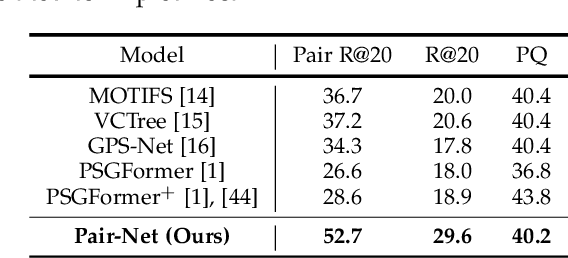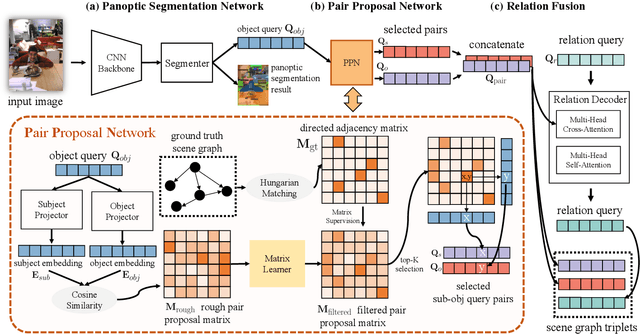Zhengyu Wen
GS-Octree: Octree-based 3D Gaussian Splatting for Robust Object-level 3D Reconstruction Under Strong Lighting
Jun 26, 2024



Abstract:The 3D Gaussian Splatting technique has significantly advanced the construction of radiance fields from multi-view images, enabling real-time rendering. While point-based rasterization effectively reduces computational demands for rendering, it often struggles to accurately reconstruct the geometry of the target object, especially under strong lighting. To address this challenge, we introduce a novel approach that combines octree-based implicit surface representations with Gaussian splatting. Our method consists of four stages. Initially, it reconstructs a signed distance field (SDF) and a radiance field through volume rendering, encoding them in a low-resolution octree. The initial SDF represents the coarse geometry of the target object. Subsequently, it introduces 3D Gaussians as additional degrees of freedom, which are guided by the SDF. In the third stage, the optimized Gaussians further improve the accuracy of the SDF, allowing it to recover finer geometric details compared to the initial SDF obtained in the first stage. Finally, it adopts the refined SDF to further optimize the 3D Gaussians via splatting, eliminating those that contribute little to visual appearance. Experimental results show that our method, which leverages the distribution of 3D Gaussians with SDFs, reconstructs more accurate geometry, particularly in images with specular highlights caused by strong lighting.
Pair then Relation: Pair-Net for Panoptic Scene Graph Generation
Aug 01, 2023



Abstract:Panoptic Scene Graph (PSG) is a challenging task in Scene Graph Generation (SGG) that aims to create a more comprehensive scene graph representation using panoptic segmentation instead of boxes. Compared to SGG, PSG has several challenging problems: pixel-level segment outputs and full relationship exploration (It also considers thing and stuff relation). Thus, current PSG methods have limited performance, which hinders downstream tasks or applications. The goal of this work aims to design a novel and strong baseline for PSG. To achieve that, we first conduct an in-depth analysis to identify the bottleneck of the current PSG models, finding that inter-object pair-wise recall is a crucial factor that was ignored by previous PSG methods. Based on this and the recent query-based frameworks, we present a novel framework: Pair then Relation (Pair-Net), which uses a Pair Proposal Network (PPN) to learn and filter sparse pair-wise relationships between subjects and objects. Moreover, we also observed the sparse nature of object pairs for both Motivated by this, we design a lightweight Matrix Learner within the PPN, which directly learn pair-wised relationships for pair proposal generation. Through extensive ablation and analysis, our approach significantly improves upon leveraging the segmenter solid baseline. Notably, our method achieves new state-of-the-art results on the PSG benchmark, with over 10\% absolute gains compared to PSGFormer. The code of this paper is publicly available at https://github.com/king159/Pair-Net.
 Add to Chrome
Add to Chrome Add to Firefox
Add to Firefox Add to Edge
Add to Edge